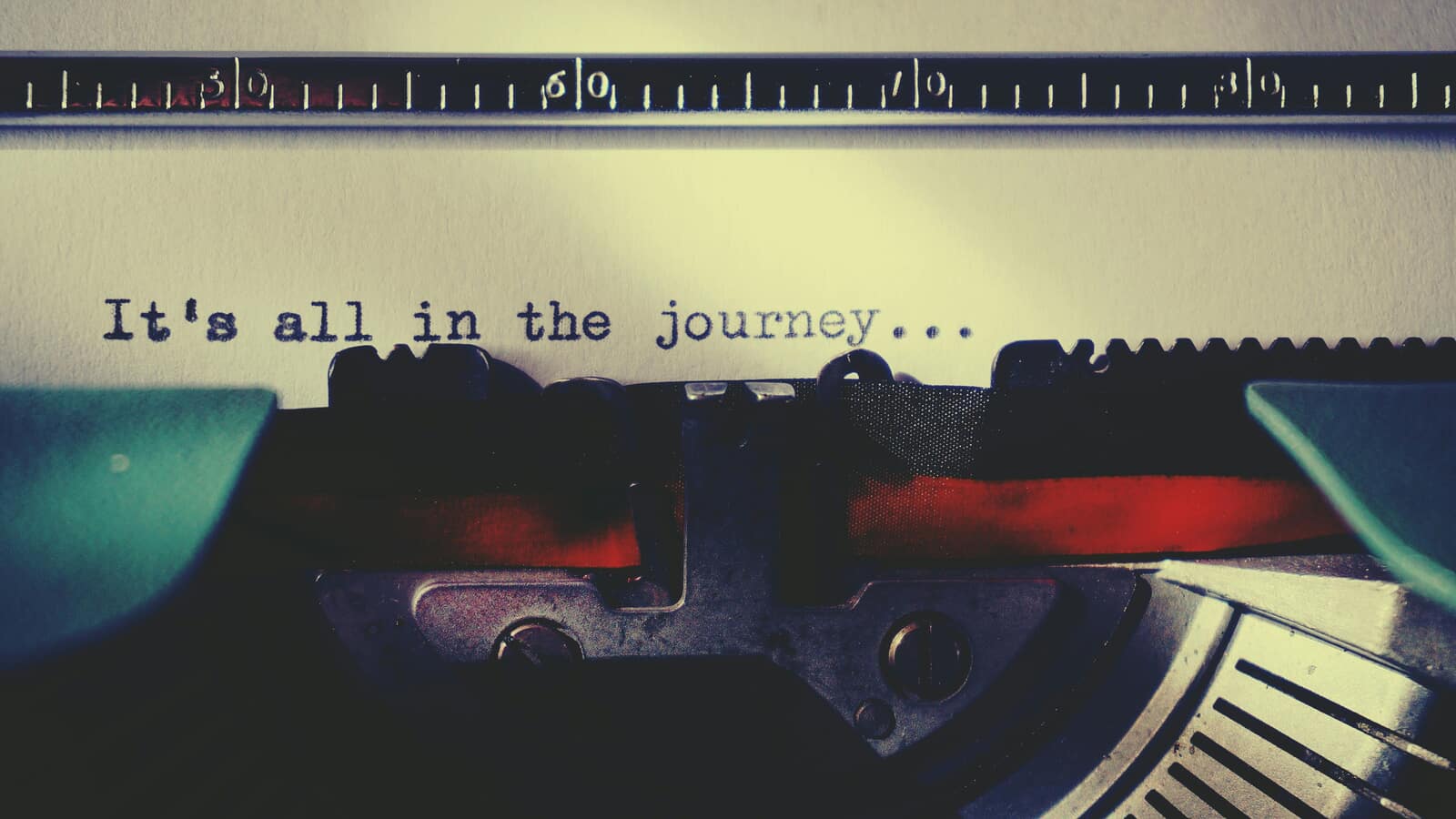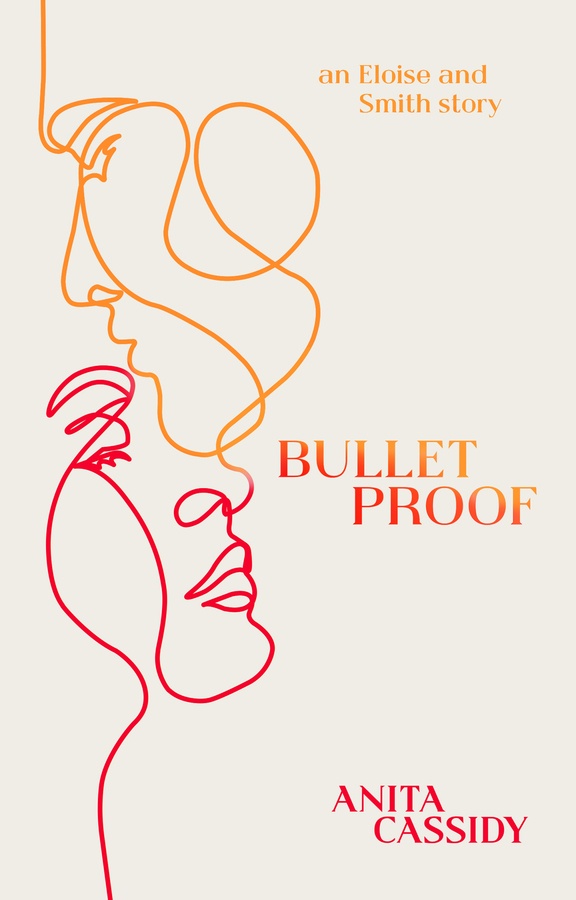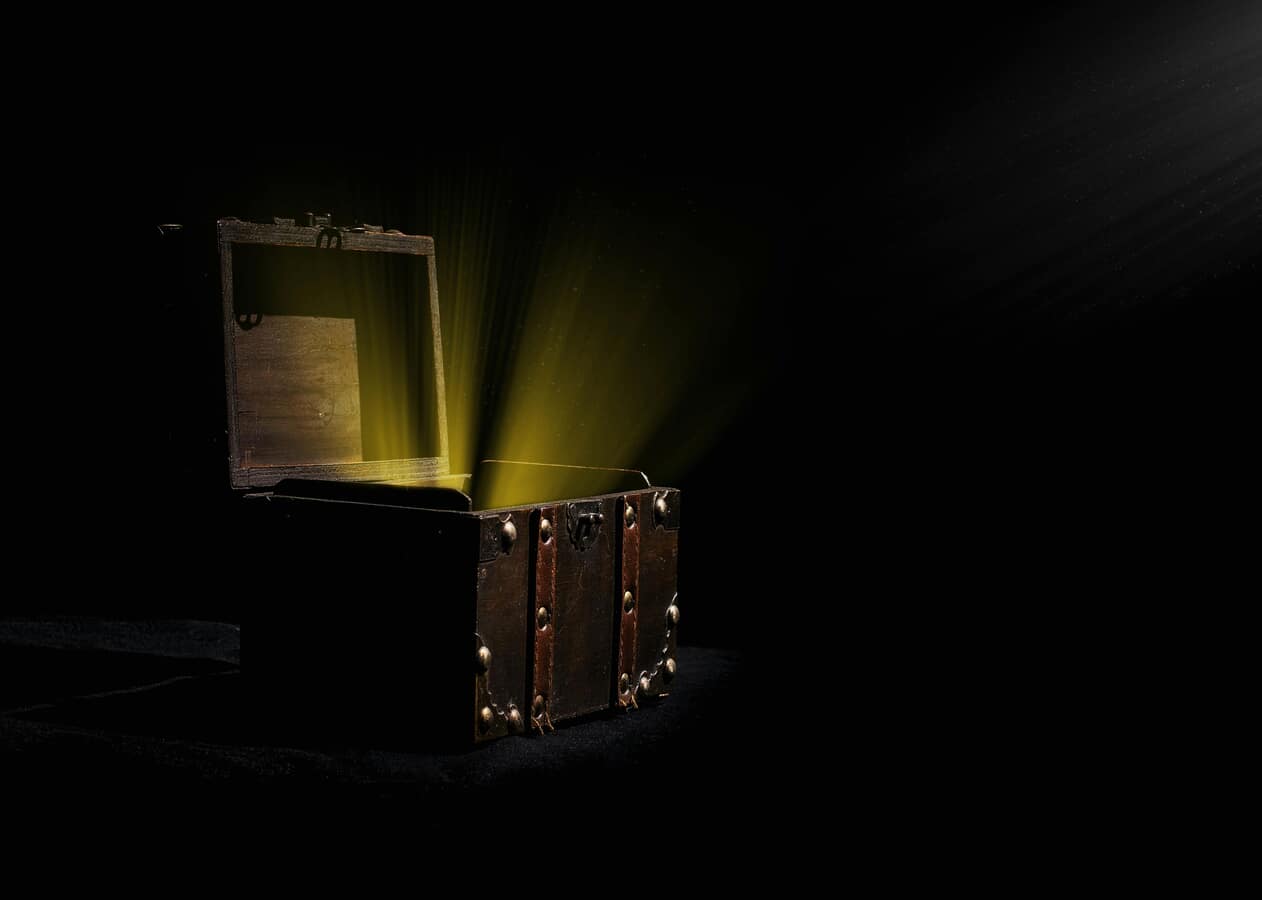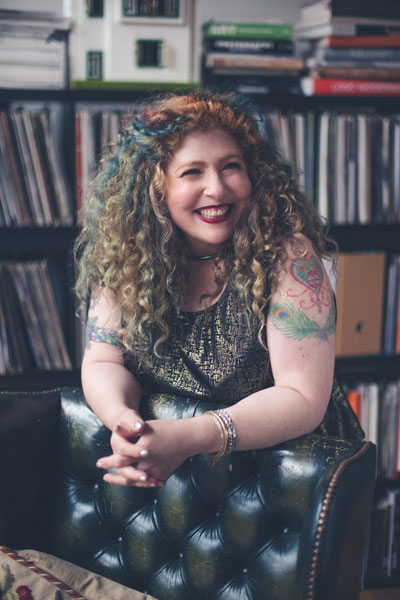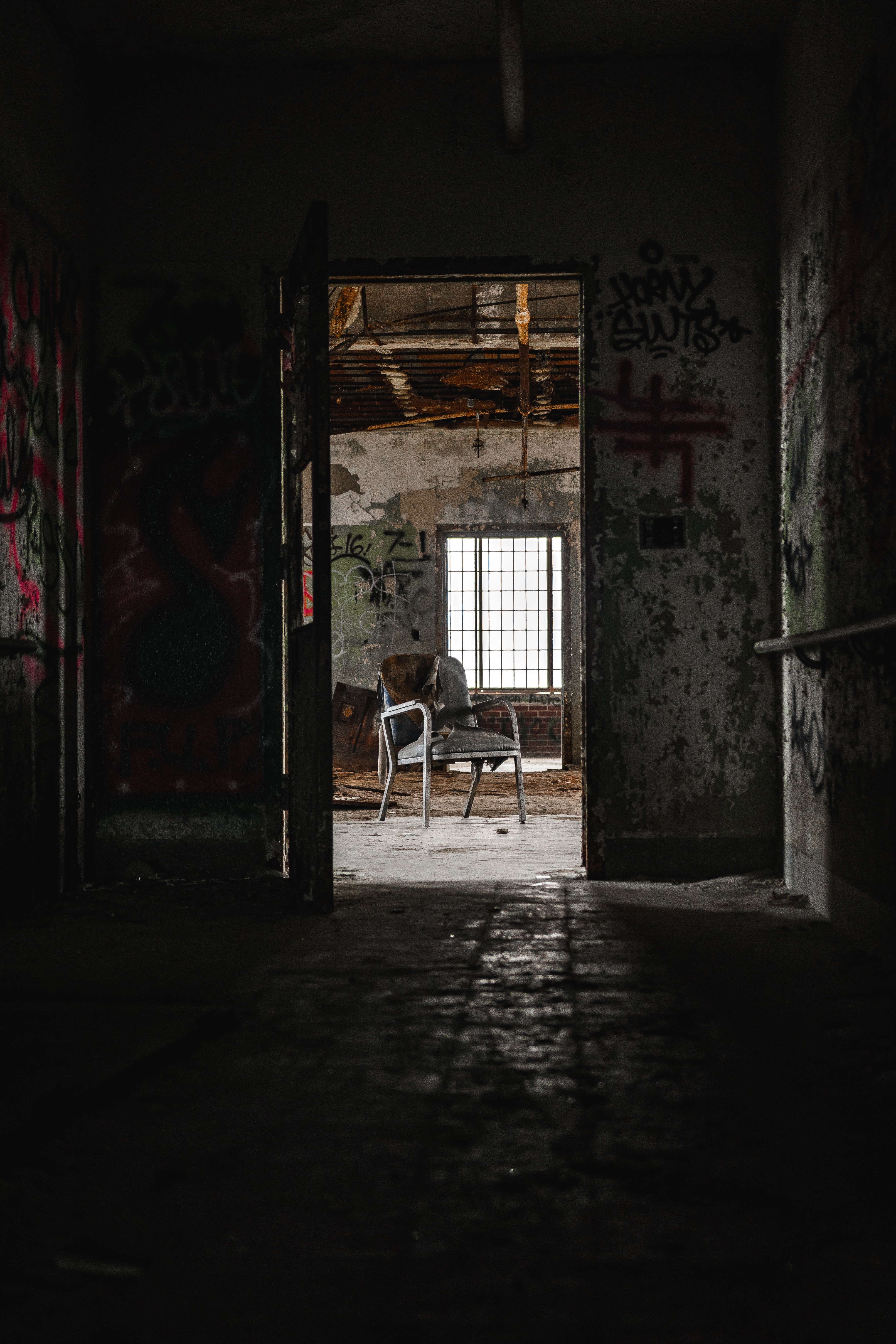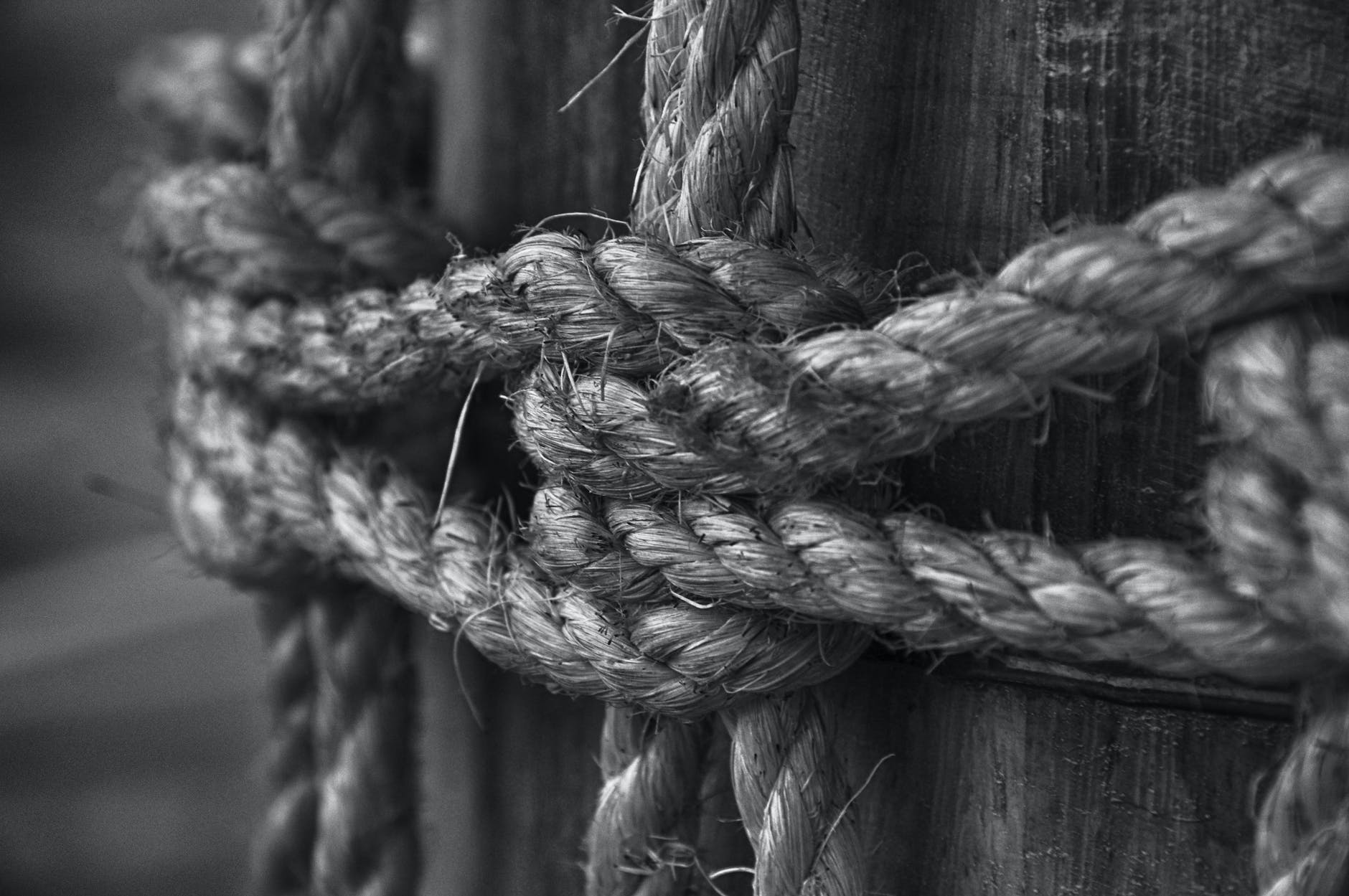CW: menstruation, adolescence, trauma, c-ptsd, mention but no detail of abusive behaviour
As part of a recent period of processing my own c-ptsd I’ve found myself re-reading some of the novels that I obsessed over as a teenager. Most of these are horror novels and most of these are the early works of Stephen King. Firestarter was the first book I remember begging to be allowed to take out of the library (I think I was around 9 years old) and I read all of his early works between the ages of 9 and 14 as well as returning to them after that.
While re-reading some very early King, I was fascinated by the degree to which many of the stories were filled with ideas around family of origin experiences, adolescence and shame.
What makes the stories of Stephen King (as well as other horror novels) so appealing to me is that they capture the experience of feeling scared and of horror. C-ptsd flashbacks are moments of horror – of pain and fear, disgust and shame so overwhelming that they can feel like being eaten alive by a giant spider, receiving a zombie bite or being alive within a nuclear wasteland. C-ptsd flashbacks are hijackings of the moment by old feelings and emotions and they are frequently experienced like a daytime nightmare. They can be triggered by anything from a look to a scene in a movie to a conversation/argument. I also think that the emotional intensity of adolescence, as well as other experiences of change, can be a trigger as well as exacerbate the degree to which these experiences feel overwhelming.
C-ptsd flashbacks are moments of horror
All of the early King stories focus on adolescence (his first ever novella was Rage, The Long Walk is about teens as well as being a metaphor for the Vietnam war, his published novel was Carrie*). This strikes me as interesting for a number of reasons. Adolescence is a traditionally challenging time in family life. This is partly due to social and cultural messages about teens being “difficult” but also because, as they hit 11-12-13 and onwards children often begin to challenge the orthodoxy of their parents and families beliefs. They may assume contrary positions to get a reaction or they may begin to challenge them based on their own different values and beliefs. Their bodies change more than they have since toddlerhood and teens are conscious and self-conscious of this change in a way that toddlers cannot be. Teens are also changing, emotionally and physically, while IN the world, socially, for the first time. Adolescence can also be a point when many parents separate and abuse, emotional or otherwise, can escalate, stop or change. The ways in which family can be or are violent or abusive can often shift at this time. For example, some physical abuse stops as children become bigger, other types of abuse can start or escalate. Children often become more aware that this behaviour is wrong or different.
“Rage” is the story of an angry teenage boy who, having beaten a teacher in recent weeks, now holds his class hostage with a gun that he has stolen from his father’s desk drawer. Whilst being held hostage in the class, the teens begin to share stories and truths about themselves. The stories are all familiar vignettes of teen life (over-bearing parents, changing bodies and early sexual experiences) but they’re powerful because they are so honest, raw and filled with shame. The shame of body odour, of alcoholic and/or poorly behaved parents, of female desire and sexual behaviour. They are shared because the only way we can address the shame, pain and anger that our families cause, either consciously or not, is to do so. Decker shares his pain and anger and this helps the others to do the same. The only character who will not admit to his own private pain and shame is physically set upon by the others and ends the story in a mental institution. This is not a subtle narrative arc by King (not that we either expect or need one from him) but it is symbolic of the internal emotional harm that not sharing pain and shame can cause.
In “Carrie”, King’s first published novel, a girl who is unpopular at school because of her pasty appearance and dumpy figure as well as her cowering attitude and religiosity, starts her period in the school showers. She is subjected to abuse as a result. Her menstruation as well as, perhaps, the abuse, triggers her discovery of kinetic powers. These abilities set off a string of events which involve the destruction of the school, much of the town of Chamberlain and which culminate in the death of her mother as well the death of all of her school mates bar one, Susan Snell. This character ends the short book haunted by what she has experienced and, interestingly, uses writing to process what happened.
The famous scene of Carrie getting her period in the shower room at school may seem dated to some now but not if you consider that, according to research by the National Children’s Bureau, 1 in 4 girls don’t know about their menstrual cycle when it starts. Even an educated child with supportive parents can experience the beginning of menstruation as distressing. Emotionally and physically it can be an intense experience and is a very real shift in the relationship with the body that requires support and care.
Much of the book is about bullying, adolescent sex, desire and changing bodies as well as the need to fit it. These are all common experiences within adolescence. They need to be met with support and compassion by adults/caregivers not shame, lack of information or, perhaps worse, mis-information. The fact that the final scenes of destruction and horror in carrie also see Carrie going home illustrate a powerful point. Even when the home means harm and even if we are conscious of that (as Carrie is at this stage) the home can still have a magnetic pull on us. This is where the idea of intergenerational trauma begins to be explored in King’s writing (even more explicitly so in The Shining and IT).
Harm in the home is complex and gets woven deep in our bodies and behaviour
Humiliation, control, holding back knowledge, sharing distorted information, emotionally abusive behaviour such as gaslighting and endless criticism: this can all take place in the home. It’s also frequently undetected by other authority figure such as teachers other social and heath care professionals who can make deliberate mistakes but are, all too often, just too overworked and stressed to notice the red flags. Children trained and taught to be compliant people pleasers often perform well at school and in front of authority figures which can hide the extent of the harm being done in the home. There can also be a lot of internalised shame experienced by all genders around the changes that are happening to the body.
So much happens in the home that causes harm. All too often the harm is not spoken of because we aren’t aware that it is, in fact, problematic behaviour. According to authors Gravitz and Bowden, 50% of children leave home not being aware that their parent(s) are alcoholics. This is usually because the behaviour is so normalised, the harm is literally part of the home itself. This not knowing is deeper and more entrenched if the behaviour begins from when children are born. The emotional harm caused by poor attachment and poor connection between parents and child can carve very deep grooves in the child’s brain and is responsible for substance abuse, poor behaviour as well as an inability to form functional friendships and relationships as the child grows up.
Home is where the harm is
None of this means that recovery and healing is not possible. As with all trauma, the first step is to acknowledge it is there and to take seriously the nature of the issue, especially in cases were there was not explicit physical abuse, sexual or otherwise. In Rage and Carrie there is physical violence towards the children in question (Charlie, Carrie) but in most homes the harm is caused by behaviours such as sarcasm, stonewalling, the denial of feelings/truth of the child’s experience, gas-lighting as well as harsh looks and poorly managed or inconsistent boundaries. There is more HERE on parenting and trauma.
We need to create an environment where they feel safe and able to express their full range of and the true intensity of their feelings. Emotional safety comes first, the healing after. We need to teach ourselves and our children, as well as any other children in our lives to share and be with the full range of their feelings. The hormonal changes that occurs during puberty for all genders can cause feelings to intensify and, if you’ve not been taught how to sit with difficult feelings prior to this (and most of us have not) then the surge of intensity can be overwhelming. It goes without saying that, as people who have, or care for, children, we must first do this work for, and with, ourselves.
Behaviours and tools that support this include:
Teaching children to say: When x I feel y… by modelling
Sharing and regularly using tools such as the feelings wheel
Setting and maintaining clear boundaries that also include some flexibility (more writing on this to come)
Modelling of sitting and being with difficult feelings and processing via journalling, walking and other self-care based methods
Knowing our own triggers and helping them recognise theirs
Modelling deep breathing and meditative moments
Talking about how it feels to be with all the feels, including feeling without acting out
Reinforcing positive behaviour
Supporting the expression of frustration or anger without shame or violence
Teaching teens to notice the FACTs and separate them from FEARs
Sharing insightful reading material and videos
Creating supportive networks of extended family/“other” or “chosen” family to support parents who are struggling
We also owe ourselves and our families some honesty about the harms caused and created within the home. If we are able, like the children in Rage, to share the shame of those experiences when and where we are safe enough to, that sharing can shine light into the darkest corners of our experience and could, even, begin the process of extinguishing the nightmares for good.
*Interestingly, according to Wikipedia, Carrie is one of the most banned books in American schools.









